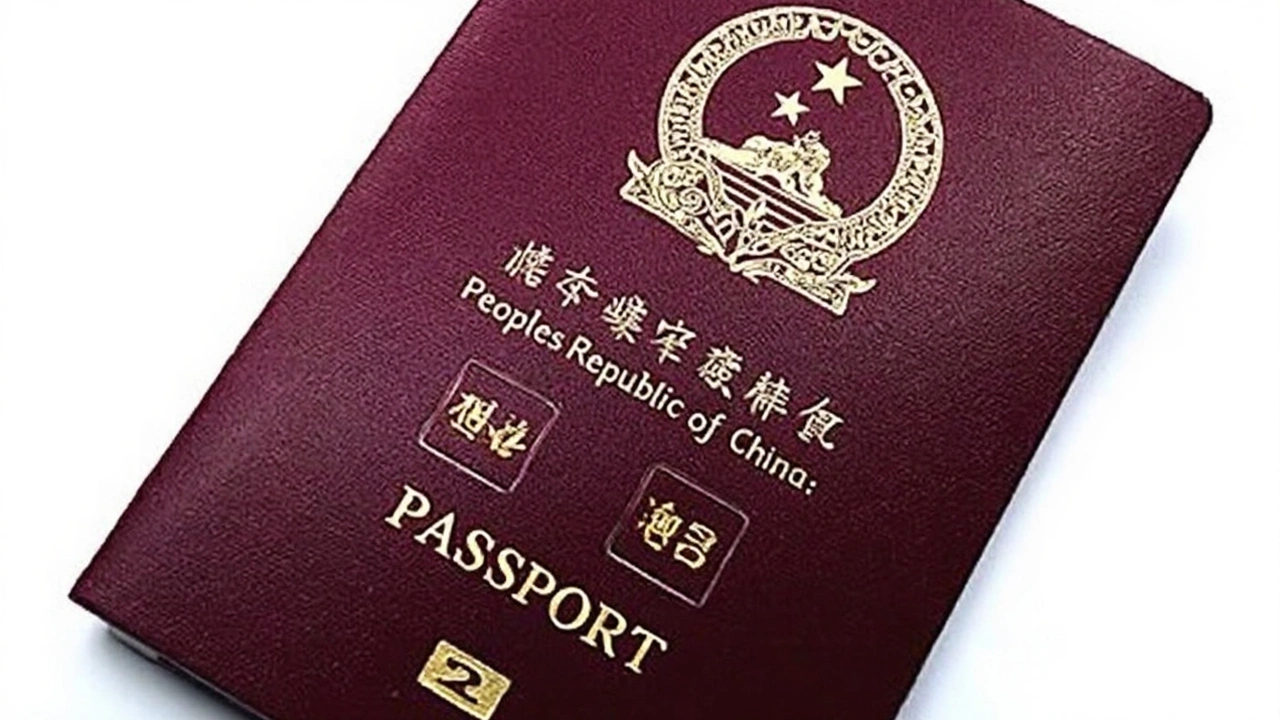Tibetans: People, Culture and Current Issues
Tibetans are an ethnic group with a long history on the Tibetan Plateau. They share a distinct language, rich cultural traditions, and a spiritual life rooted in Tibetan Buddhism. Many Tibetans live in Tibet (the Tibet Autonomous Region), while large communities live across China, India, Nepal, Bhutan and worldwide in the diaspora.
Language and daily life shape identity. The Tibetan language has several dialects, and many Tibetans use it at home, in monasteries and community events. Traditional dress, festivals like Losar (Tibetan New Year), and arts such as thangka painting and throat singing remain strong in local life. These practices keep communities connected across distances.
Religion, Monasteries and Cultural Practices
Tibetan Buddhism is central for many Tibetans. Monasteries act as spiritual, educational and social hubs. Rituals, pilgrimages and practices like prostrations and prayer flags mark everyday life for believers. Beyond religion, Tibetan medicine and astrology influence health and seasonal choices. If you visit Tibetan areas, show respect at temples, ask before photographing people, and follow local dress norms.
Current Issues and How to Follow News
Political and human rights issues shape modern Tibetan life. Questions around cultural preservation, religious freedom, environmental change on the plateau, and the rights of Tibetan communities draw global attention. The situation differs across regions — urban Tibetans often balance modern jobs and tradition, while rural communities face economic and climate pressures.
Want reliable updates? Look for reporting from multiple sources: local Tibetan media, independent journalists, international human rights groups and academic research. Check dates and sources before sharing. Avoid unverified social posts; they often mix opinion with fact.
How can you support Tibetan culture without causing harm? Small, practical steps matter. Buy crafts from verified Tibetan artisans or fair-trade co-ops. Read books by Tibetan writers and scholars. When donating, pick established NGOs with clear transparency on how funds are used. If you travel, hire local guides and respect sacred sites.
Quick travel tips: carry a phrasebook or translation app, register with your embassy in remote regions, and prepare for altitude. Respect local customs by learning a few basic greetings and asking permission before entering temples. Combine curiosity with care — you’ll have a richer experience and leave a lighter footprint.
For journalists and bloggers covering Tibetans, accuracy and context matter. Name local voices, avoid broad generalisations, and explain differences between cultural practices and political policy. Human stories resonate more than abstract debates — highlight daily life, education, art and the choices people make under changing conditions.
Tibetan culture is resilient and evolving. Whether you’re reading news, planning a visit, or supporting a cause, small informed actions make a difference. Stay curious, verify facts, and listen to Tibetan voices first.
Follow cultural events and artists directly—many Tibetan musicians, filmmakers and painters share work on platforms and at festivals. Watch documentaries made with Tibetan participation and read interviews with local creators. That gives context and supports creators. Small actions like sharing responsibly and buying tickets help keep culture alive everywhere too.



